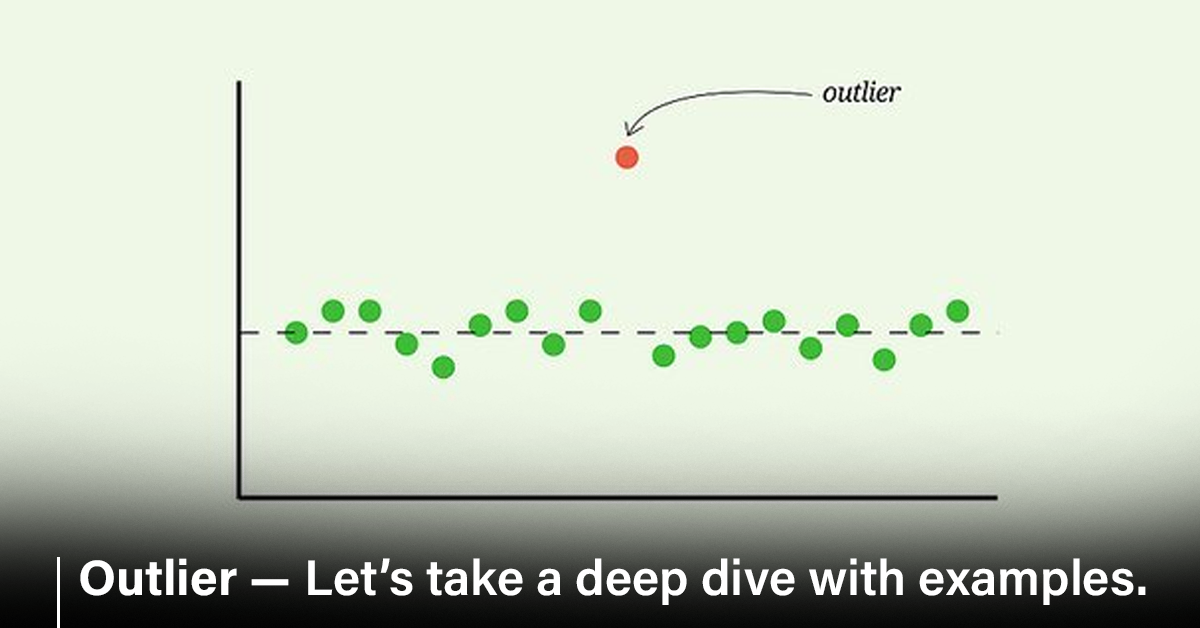Not mastering the right types of financial models could be the very thing that shatters your banking career before it even begins.
Imagine sitting in a high-stakes meeting, staring at numbers you can’t interpret, making decisions that could cost millions—or worse, your reputation.
Scary, right?
But here’s the lifeline.
If you stick around, you’ll gain a serious edge over your competition.
In this blog, we’ll walk you through:
- The different types of financial models
- Explain why they’re critical for your success
- You’ll also learn why understanding different types of financial models and working with types of financial data is essential in making the right decisions.
By the end, you’ll be equipped with the Top 7 Financial Models every aspiring banker should have in their toolkit.
Curious? Let’s get started.
7 Types of Financial Models You Should Know
So, what exactly is financial modeling?
In simple terms, it’s the process of creating a mathematical representation of a real-world financial situation.
Think of it as a blueprint that will help you understand:
- The financial health of a business
- Evaluate investments
- Predict future performance.
It’s like building a map that guides decision-making for big moves—whether it’s an acquisition, a merger, or simply assessing a company’s worth.
For instance,
Imagine you’re trying to decide whether to buy a house or rent.
You’d likely look at factors like:
- Your savings
- Monthly payments
- Interest rates
- How long do you plan to stay in the house?
In essence, that’s a basic financial model!
You’re using numbers to predict your financial future based on different scenarios.
Now, when it comes to banking or corporate finance, the stakes are higher, and the models are more complex.
→ But the principle remains the same—using types of financial data to make informed decisions.
Let’s break down the different types of financial models that every aspiring banker should know.
Top 7 Types of Financial Models
Having the right financial models in your toolkit is essential.
Let us walk you through the Top 7 Financial Models that every future banker should know.
Let’s go.
1. Three-Statement Model:
This is your starting point. It connects:
- The income statement (which shows profit and loss)
- The balance sheet (which shows what a company owns and owes)
- The cash flow statement (which tracks the money coming in and out).
Together, they give you a complete picture of a company’s financial health.
2. Discounted Cash Flow (DCF) Model:
Want to figure out how much a company or investment is worth today? This model helps you estimate the value based on future cash flows.
Basically, it’s like asking, “How much is this business going to make, and what’s that worth right now?”
3. Merger & Acquisition (M&A) Model:
When companies decide to merge one or buy another, this model helps figure out how the deal will affect the financials.
It takes into account things like:
- Cost savings
- New revenue streams
- How the combined company will perform.
4. Initial Public Offering (IPO) Model:
If a company wants to go public and sell shares, this model helps estimate the value of the company and how much money it can raise from the public market.
5. Leveraged Buyout (LBO) Model:
This one’s used when someone wants to buy a company mostly using borrowed money. It helps figure out if the company can handle the debt and still make a profit.
6. Budget Model:
This is a basic but super important model for planning.
It helps businesses set financial goals and track their progress over time—kind of like keeping a detailed budget for your monthly expenses.
7. Consolidation Model:
This model is used when you need to combine the financials of different business units or subsidiaries into one model. It’s useful for big companies with multiple divisions that need to see the whole picture in one place.
These models may sound technical, but once you understand how they work, they’re incredibly useful tools for making informed financial decisions.
The more you master them, the more confident you’ll feel in the world of finance.
Why You Should Know Different Types of Financial Models?
If you want to excel in finance, you need to understand these models because they’re the key to making informed decisions.
Whether it’s:
- Figuring out a company’s value
- Forecasting future performance
- Planning for growth, each model has its special function.
Let’s say you are trying to make a big investment decision without all the necessary data—it’s like trying to put together a jigsaw puzzle with missing pieces.
Knowing how to use different financial models means you won’t be missing any crucial pieces.
These models let you explore various scenarios and outcomes, so you’re always prepared, no matter what the future holds.
Plus, being well-versed in financial models can seriously boost your appeal to employers.
It shows:
- You’ve got the skills to handle complex financial situations
- Make smart, data-driven decisions.
Different types of financial modeling are not just about crunching numbers, they are about:
- Understanding Risk
- Identifying Opportunities
- Planning for Success
The more you know, the better equipped you are to tackle the challenges of the financial world.
Conclusion
Learning about types of financial models is a great first step, but real mastery comes from practice.
Understanding the theory is important, but it’s the hands-on experience of:
- Building
- Adjusting
- Analyzing
These different types of financial models truly set you apart.
The more you work with these models, the more confident and skilled you’ll become at making high-stakes decisions based on accurate types of financial data.
If you want to thrive in banking, it’s not enough to just know the names of these models—you need to be able to build and apply them in real-world scenarios. So, don’t stop here.
Start practicing, whether through:
- Case studies
- Internships
- Your side projects.
The more you practice, the better your command will be, and soon enough, these financial models will become second nature to you.
That’s what will give you a competitive edge in this industry.



